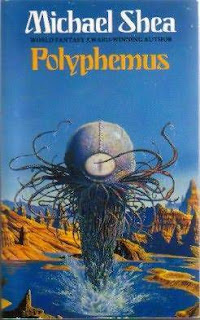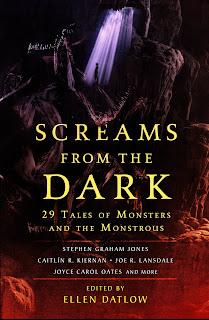Noise

Jack Vance, "Noise" in Startling Stories , August 1952. Read the story here at Internet Archive The planet on which the narrator is stranded is quite strange to him: celestial bodies with unfamiliar orbits, long days and nights, dead suns, and alien species that barely register at the edges of perception due to their almost unfathomable otherness. The story blurs the line between the contribution of the perceiver and what is perceived, suggesting that there may not be any fact of the matter about where that line is drawn. The world offers up something raw to the marooned narrator’s senses, and his mind imposes a pattern onto it, counting some things as mere noise and some things as meaningful. This doesn’t make the world any less real; rather, it elucidates what the objective world consists of. Given the different colors of the heavenly bodies that provide illumination to the world, Vance draws our attention to the idea that color isn’t something that inheres in the objects t








